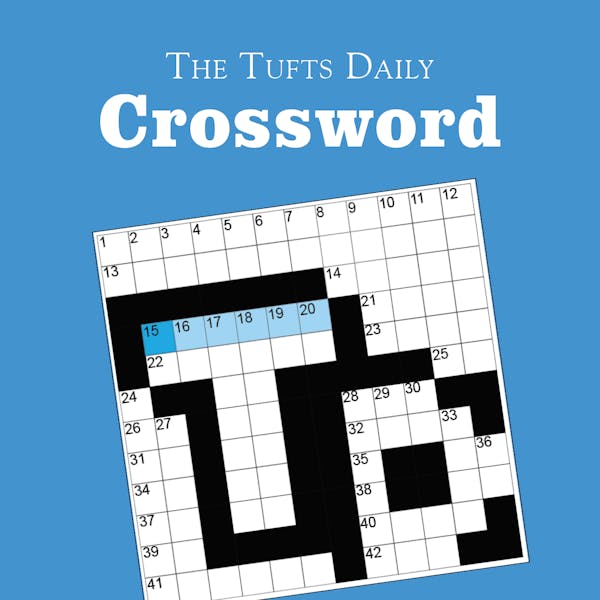Generation Z craves community. It’s why we almost exclusively prefer relatable content curated specifically for us — tailored to our interests, dislikes and opinions. In fact, the majority of Gen Z gets news at least daily from social media platforms that capitalize on our desire for this community, in place of traditional news sources.
Unfortunately, our desire for sources we can relate to has led to a lack of media literacy, with adolescents and young adults blindly accepting the information shared with them by their favorite creators and influencers. The platforms these creators use generate an additional problem: The constant stream of short-form content, curated to the consumer’s own point of view, makes it harder for Gen Z to escape the filtered digital bubble and encounter diverse perspectives — critical in the development of media literacy.
This curated content intensifies Gen Z’s addiction to short-form media. Consistent exposure to this media releases excessive dopamine and leads to both shorter attention spans and reduced comprehension of complex issues. On apps like TikTok and Instagram, we face algorithmic bias, which occurs when an algorithm filters content and hence limits the user’s exposure to diverse viewpoints. In turn, this reduces a user’s ability to comprehend the complexity of controversial ideas. Gen Z is spoon-fed information about the world that is catered to our preexisting opinions, and we no longer feel the need to seek out additional sources. This satiety with single-sided, underbaked perspectives inhibits our ability to think critically.
Gen Z is partial to content created by users “like them,” valuing this social connection over credibility. The news analysts, reporters and journalists who deliver information through traditional news sources are, on average, 44.3 years old. This age disconnect is not appealing to a generation that craves a community united by relatability. Traditional news content, often more credible, is not personalized to each viewer or reader and therefore not preferred by Gen Z. How is Gen Z to form complex, multifaceted opinions when we’re constantly provided with a stream of information that aligns with our narrow algorithms and perspectives? As this constant stream of information attacks our attention span, we worsen the situation: The only content we’re able to absorb is the content perpetuating this cycle.
To break this cycle, our generation needs to be the ones communicating verified information of varying perspectives to our peers. This will appeal to Gen Z’s seemingly unshakable desire to identify with the sources providing us with information. Furthermore, rather than dominating short-form content platforms, Gen Z’s presence must expand to traditional news sources, which will encourage our peers to prefer and seek out verified information from trustworthy sources. As our own demographic assumes positions as reporters, news analysts and journalists, it’s imperative that we consider the necessity to relate to our audiences. This will encourage youth and adolescent engagement and in turn improve the media literacy of these groups.
Organizations like this very newspaper introduce a valuable method of communication — peers writing to peers. The Daily is an easily accessible way for students to consume information about current events and our own community. Further, the Daily introduces the Tufts student population to a diverse range of information — opinions, arts events, science, sports and community news — articles that are all verified, educational and specifically directed to the Tufts community.
What Gen Z lacks in media literacy, it makes up for in community. However, these two concepts can coexist — and should. Our generation’s commitment to trusting the information delivered by our peers is honorable and should be capitalized on for the better.






